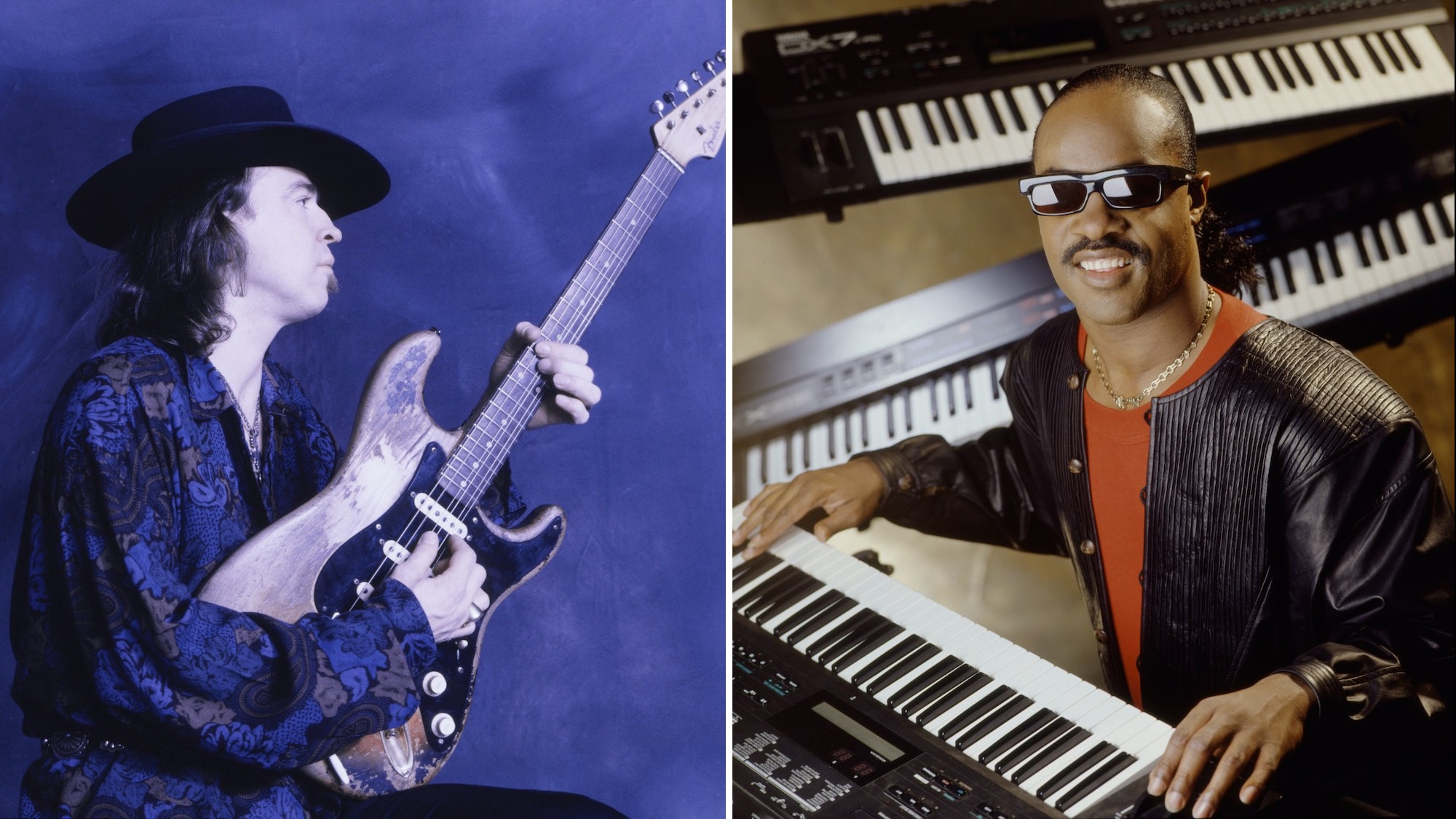“There’s no doubt in my mind that Mark Sampson was the father of the boutique amp revolution”: An interview with the late, great Mark Sampson, the trailblazing amp designer behind Bad Cat and Matchless
Just before he died, guitar amp guru Mark Sampson sat down us to discuss his reunion with Bad Cat, and with the storied US amp company's John Thompson, he laid out a future vision for what boutique amps should be
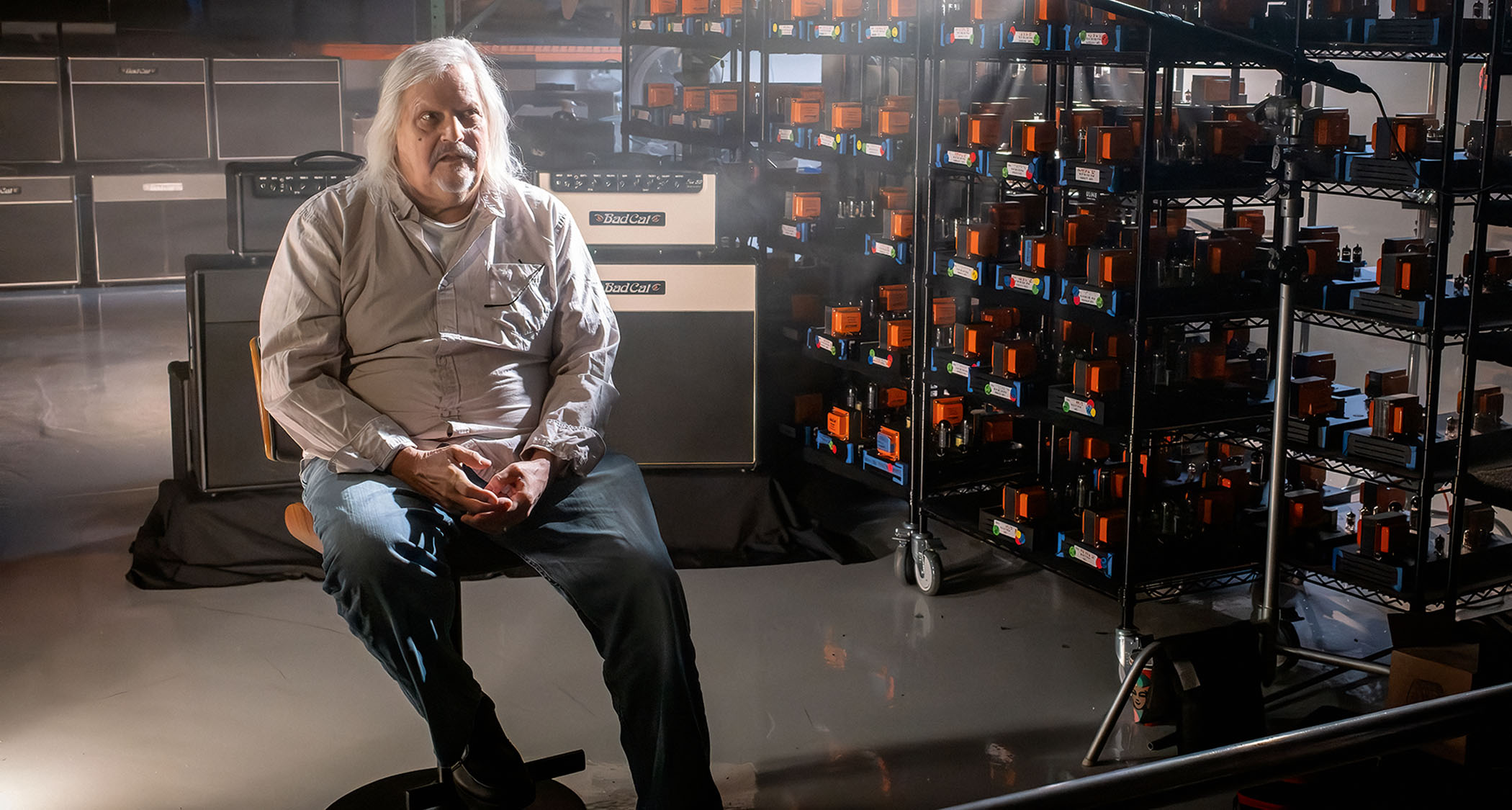
With great sadness, we acknowledge the passing of Mark Sampson on 27 February 2025. A true pioneer in the world of guitar amplification, Mark was a co-founder of Matchless Amplifiers and a driving force behind Bad Cat and Star Amplifiers.
His vision and craftsmanship helped shape the sound of countless musicians, leaving an indelible mark on the industry.
More than just a brilliant amplifier designer, Mark was a passionate innovator who loved sharing his knowledge and pushing the boundaries of what a great amp could be. His legacy will live on in the warmth of every note played through his creations, inspiring generations to come.
This following interview with Mark and Bad Cat owner, John Thompson, took place in December 2024.
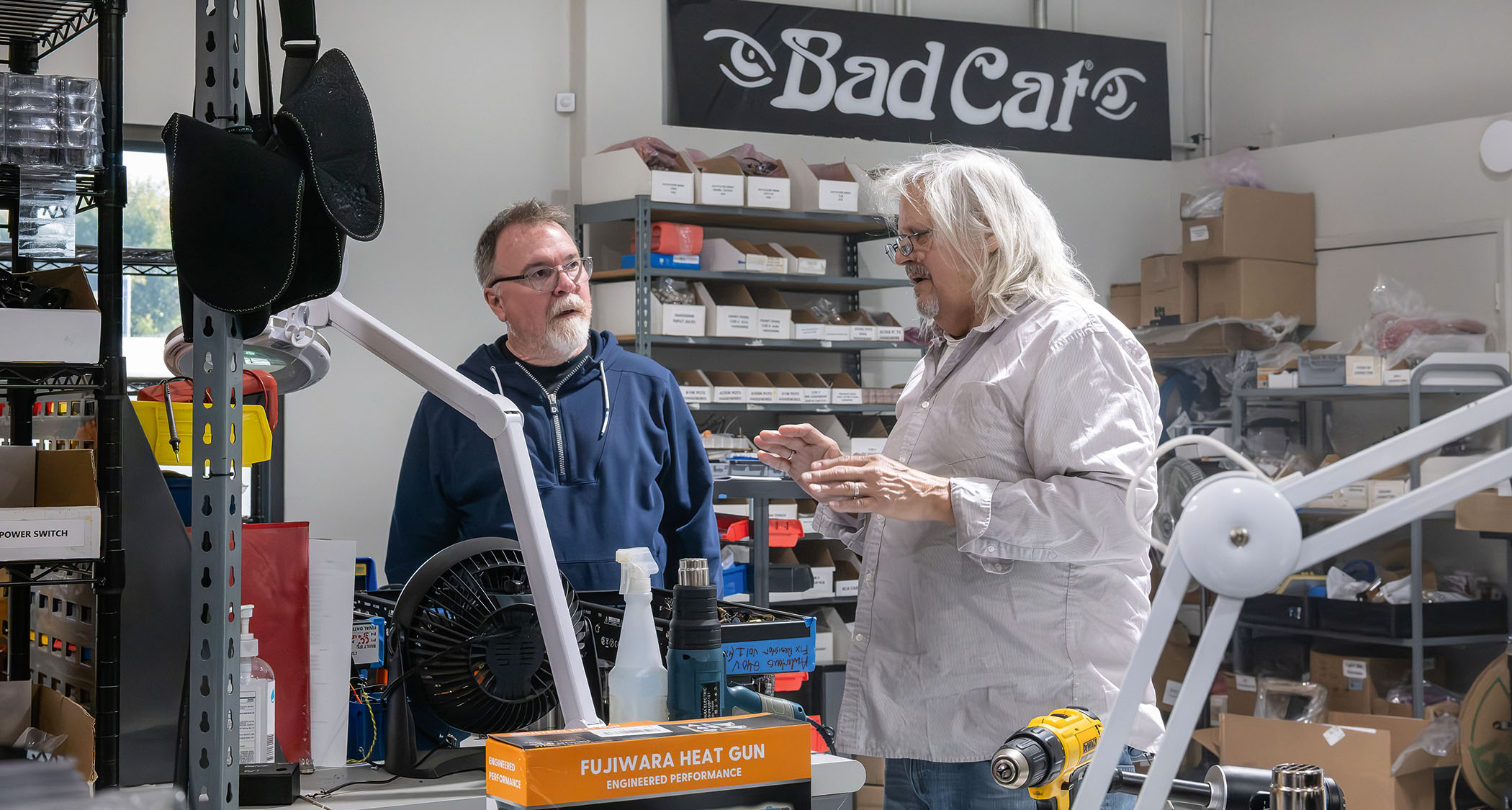
Mark Sampson is a legend in the world of amplifier design, known for his innovative work with Matchless and Bad Cat amplifiers.
With a reputation for crafting some of the most dynamic, tone-rich amps ever made, he’s earned a loyal following among musicians and engineers alike. Recently, Sampson reunited with John Thompson at Bad Cat Amps, bringing together decades of experience, passion and expertise for creating exceptional guitar tone.
This collaboration has sparked excitement in the industry, as they combine their talents to push the boundaries of amplifier design once again with the Bad Cat Era 30.
Get The Pick Newsletter
All the latest guitar news, interviews, lessons, reviews, deals and more, direct to your inbox!
The first time I heard the Matchless DC-30 back in ’92 or ’93, my dream was to work with Mark Sampson
John Thompson
You recently came together to create an exciting new Black Cat amplifier. How did this collaboration come about?
Mark Sampson: “We’re calling it the Mark Sampson Era 30, which was John’s idea. And I’ll let John explain how we got together again.”
John Thompson: “I walked in the door at Bad Cat in 2011 and bought the company from James Heidrich. Since the first time I heard the Matchless DC-30 back in ’92 or ’93, my dream was to work with Mark Sampson.
“He’s not an easy guy to get a hold of. It’s easier to get a hold of the President of the United States than it is to get Mark Sampson. I think he intentionally hides and probably gets bugged all the time by these amp nerds asking, ‘Build me this or build me that.’”
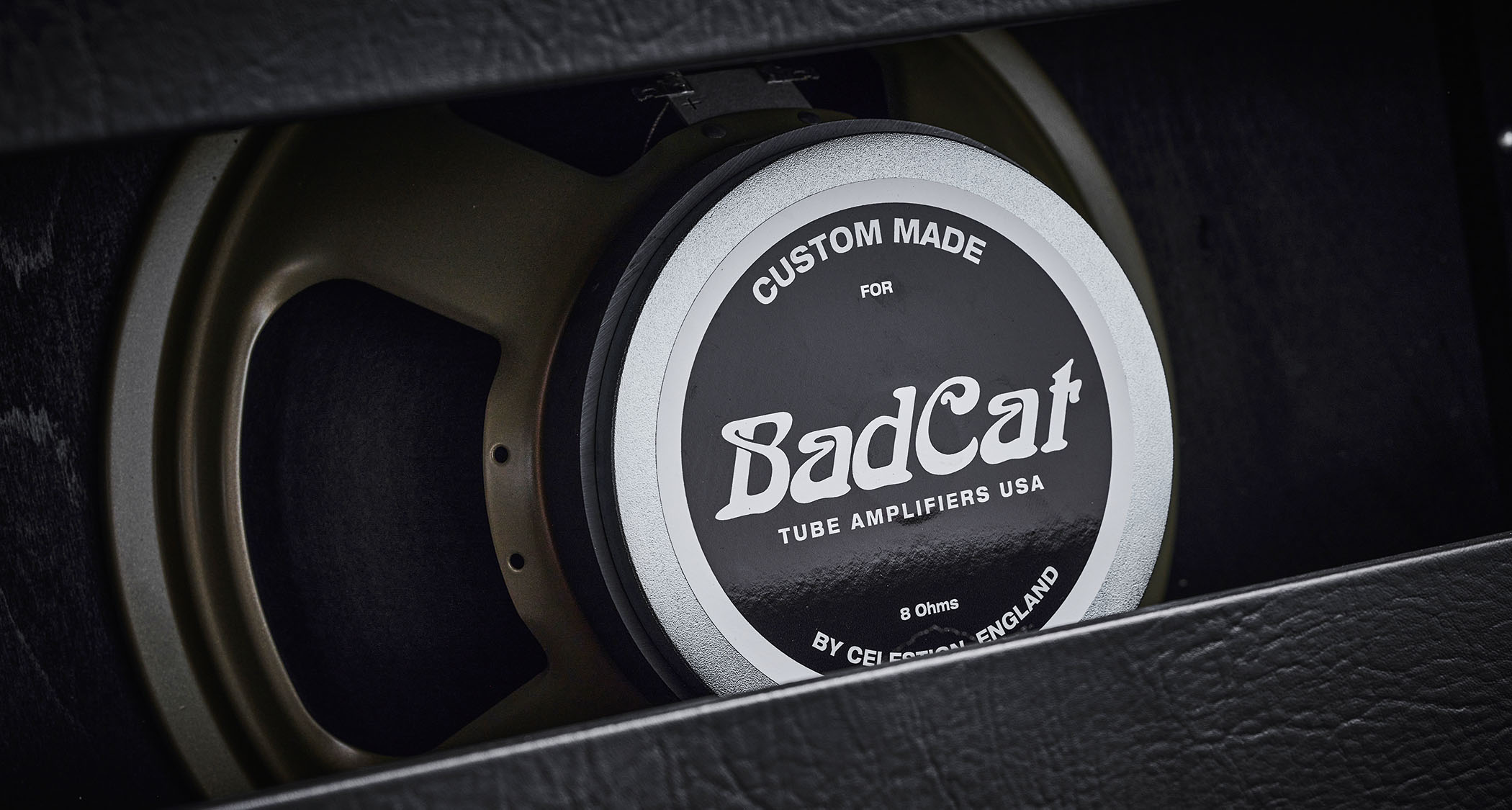
Mark: “That’s correct. I’ve had multiple offers just to license my name, but then that dilutes the reason why it’s a good name. I want my name to stand for something that sounds good and is well built. I won’t just put my name on anything.”
John: “I think Mark is a private guy and also very humble, although he has no reason to be, honestly. I met him at NAMM around 10 years ago and told him, ‘Hey, I’m taking care of your kids!’ [referring to early Bad Cat amps designed by Mark]. There’s no doubt in my mind that he was the father of the boutique amp revolution.
“You could argue a couple other guys and maybe Randall Smith at Boogie, but they were more corporate. Matchless spawned a whole bunch of guys buying amp kits and building stuff in their garages. I mean 40 companies were probably started because of Matchless, with Bad Cat being one of them.”
“So about nine months ago [spring 2024], my good friend Joel Whitley [multi-instrumentalist, songwriter, producer] and I were hanging out and I mentioned that I would love to get a hold of Mark Sampson someday.
“To my surprise, he had Mark’s cell phone number and said that he would ask Mark to call me. So about a week later Mark called and I told him that I wanted to collaborate on something. He wasn’t into the idea initially, but we decided to meet for lunch, so I was real excited about that.
“Anyway, I guess something that I said along the way convinced him that I wasn’t going to try to exploit him. I know he’s turned down a lot of money over the years by people who just wanted to put his name on a product. I will fiercely protect his name and reputation as much as I protect the Bad Cat name.
“So we decided to work together and Mark asked me what I wanted to do. Well, you don’t tell Picasso what to paint, but I did ask him, ‘What if you didn’t leave Matchless in 1999? What would the DC-30 look like today with all the 20-plus years of experience that you’ve accumulated?’”
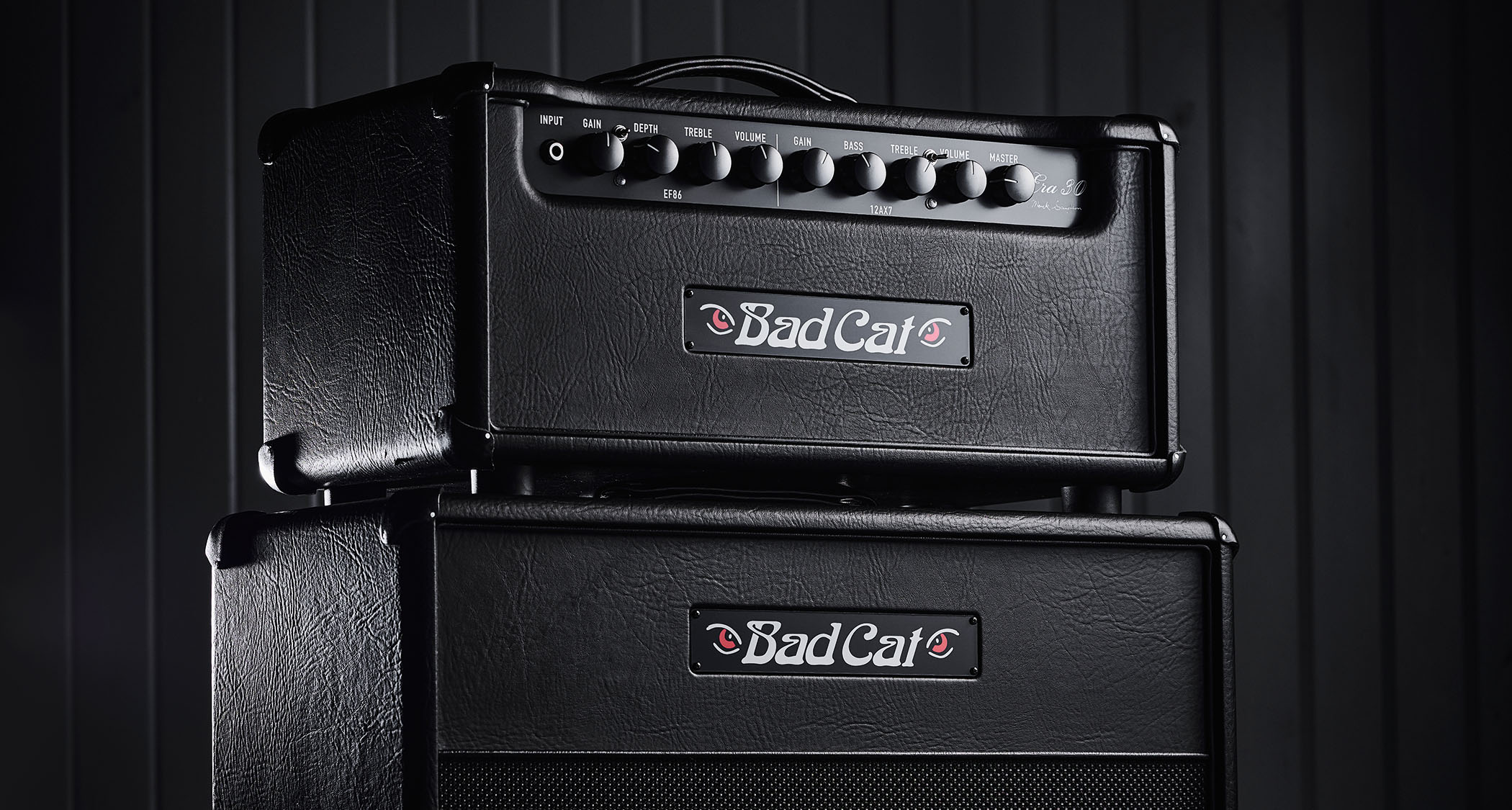
Mark, what did John say to you that really sparked your interest in doing something with Bad Cat again?
Mark: “He said that Bad Cat’s 25th anniversary was coming up and I thought, ‘Oh my gosh, a quarter century has passed since I made the first Bad Cat amp for James Heidrich.’
“We kicked around a few ideas and ultimately decided to do something for the 25th anniversary but improve everything we could – building on the knowledge, techniques and strategies we’ve developed over the years. So that’s exactly what we did.”
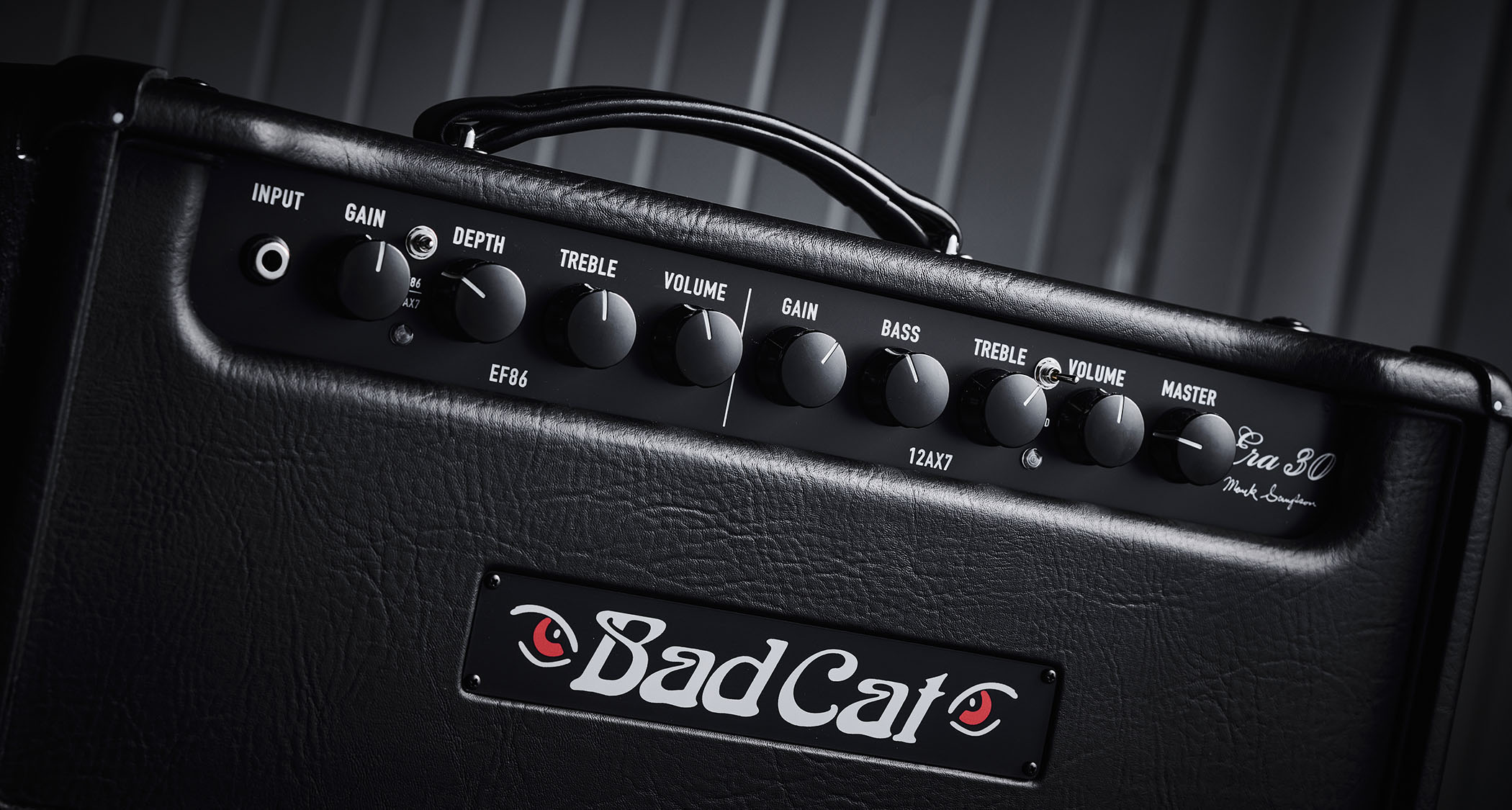
What are some of the things that you wanted to improve?
Mark: “We cut the signal noise way back with near-noiseless filaments, so you don’t get that 60-cycle hum when it’s just sitting there. There’s also an active effects loop that’s hardwire bypassed when it’s not being used.
“And separate masters for each channel with an overall global Master Volume, which allows you to set up separate clean and dirty sounds for each channel that can be switched either via footswitch or directly on the amp itself. You can also blend the channels if you want. These are things that I always felt needed improvement from the original Bad Cat design.”
John: “The master volumes are pre phase-invertor and the global master is post phase-invertor. So you’re able to get even more gain by cranking the channel masters and driving the phase invertor tube and then lowering the global master to control the overall volume. You have a lot of tonal options.”
Mark: “You have a lot of versatility with this amp that none of our other designs have.”

Mark, many of your designs are inspired by the Vox AC30. Would you say the Era 30 is similar?
Mark: “Rick Perrotta [co-founder of Matchless] used to have a saying that ‘thieves steal but artists borrow’. To expand on that, you take a concept, refine it and adapt it to suit your needs, instead of just stealing an idea. So, yes, the original Vox AC30s were my inspiration, and I worked on many of them over the years.
“I got started in this business by buying, selling and trading with a partner in England. I brought over about 1,000 AC30s over a three-year period and all of them needed work. Every single one had something that needed to be fixed.
“By the time I finished with that, I had a solid understanding of the problems that they had, what needed to be fixed and what could be improved in the design. All that knowledge went into the first Matchless and then later into the first Bad Cat amp designs.”
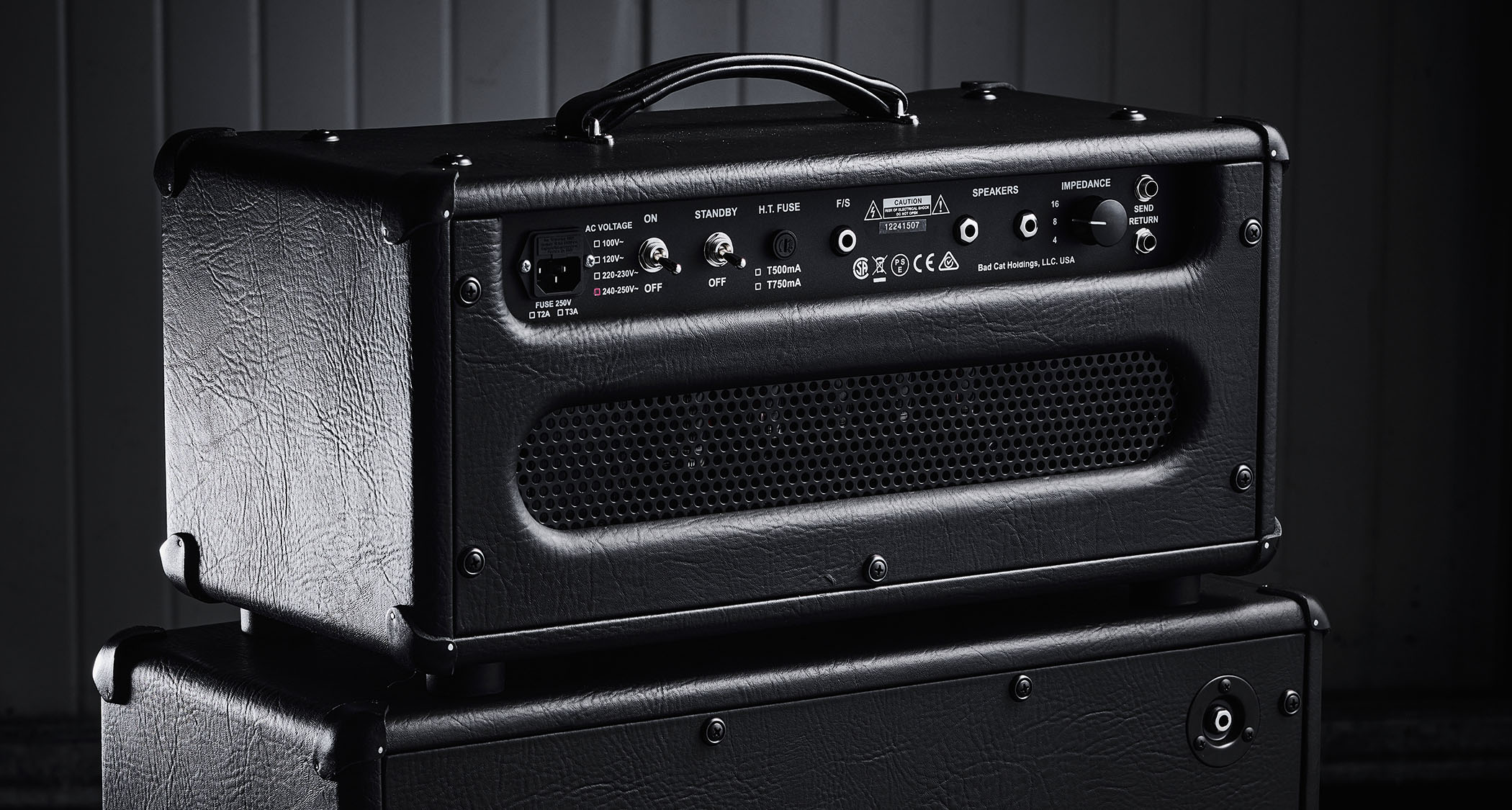
What formats will the Era 30 be available in?
John: “Starting off, we’re just offering a head – sort of simple with no reverb. Further down the road, we may offer a combo with reverb. Mark feels that if we add reverb, it may take a little while to work it out because it will alter the sound a bit.
“We don’t want to do that because – trust me on this one – this thing sounds amazing. His reputation is well deserved.”
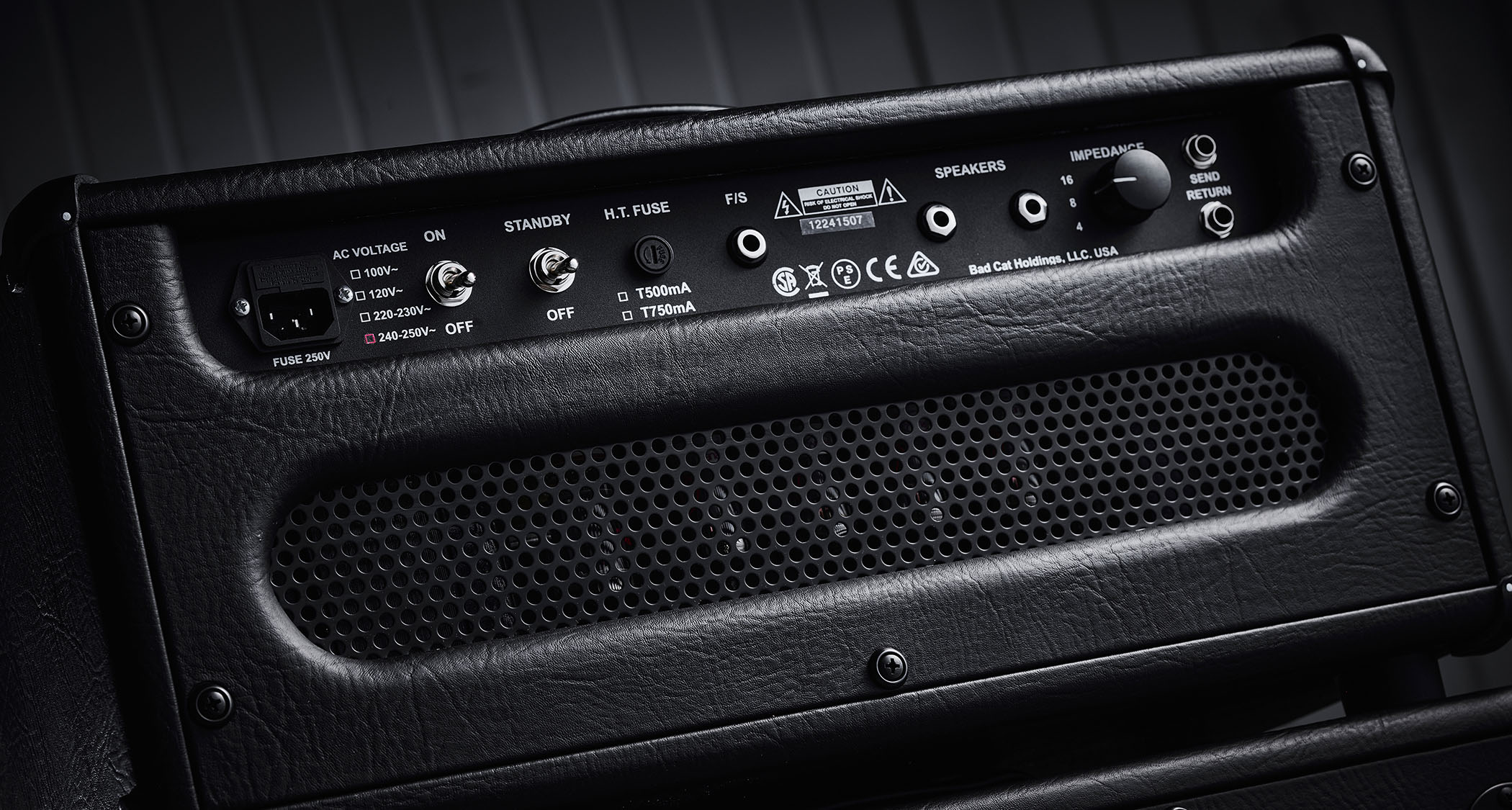
How would you describe the sound of the amp?
John: “Mark told his story about repairing AC30s and his original idea was to make a more robust version, but the early Matchless and Bad Cat designs didn’t sound anything like an AC30; they were definitely their own thing.
It has a punch that’s almost difficult to describe. It has a softness to it, but you can feel it thump in your chest
“They were walking on that side of the street in terms of how the high-end was clear and not harsh. I’ll describe it to you like this: if you wanted to buy a guitar amp for the purpose of knocking a wall down, this would be a really good place to start [laughs].
“It has a punch that’s almost difficult to describe. It has a softness to it, but you can feel it thump in your chest. One of our employees described it as, ‘smooth but so clear and loud that it feels like I’m going deaf, but it doesn’t hurt’. It definitely has the Bad Cat sound and feel, but…it’s difficult to describe.
“After the initial orders are fulfilled and they’re flowing out the door, the first moment there’s one that’s not spoken for, it’s going home with me [laughs].”
Tell us about the tone stack and EQ.
Mark: “The pentode channel does not have a tone stack; it has a rotary switch that rolls down or rolls up the bass depending on which way you turn it. It also has a simple high-frequency cut like an old tweed Fender. The other channel has your standard bass and treble but no mids.”
Why did you choose not to include a midrange control here?
Mark: “I’ve struggled with this thought for a long time. If you have a player that knows what they’re doing with EQ and knows how to adjust it to fit the recording, the room or the playing environment, you’re fine. But if you have someone that doesn’t quite understand the ground rules for EQ’ing, you can actually get the amp sounding bad so that it doesn’t fit the context of what you’re trying to do.
“Most of the time I think it’s better to just pre-set the mids. When you’re dealing with mixing in a recording environment, mids are everything. Mids are where you want your signature sound or the essence of your tone to come through. If you let that get too far out of hand, you end up shooting yourself in the foot.”
John: “The tone is very balanced. I don’t find myself wanting to add or cut mids. I did notice that when you turn the treble up it does cut the mids a bit, and when you turn it down the midrange comes up a little bit. I can get any sound that I want with just those two controls. To me, the midrange is almost unnecessary.”
Do you design your amps around particular speakers?
With the Era 30, I feel like you can reach out and grab the midrange in midair... It’s a testament to Mark’s ability to voice amplifiers, which I’m in awe of
Mark: “When I’m designing, I try to use three or four different speakers and it has to work well with all of them.”
John: “We had four different cabinets out here the other day and it sounded great with all of them, but my favourite so far has been the Celestion Alnico Cream. I love that speaker with this amp because it has a very detailed midrange.
“With the Era 30, I feel like you can reach out and grab the midrange in midair, and that speaker really helps it. It sounds great in 1x12 or 2x12 cabinets. It’s a testament to Mark’s ability to voice amplifiers, which I’m in awe of. I know how hard it is to voice an amp for different speakers. I have a lot of experience with this and there are designs that just don’t work with certain speakers at all.”
Did you face any challenges when you were designing this amp?
Mark: “Well, challenge is an interesting word. The hardest part of the thought process was, ‘How am I going to improve this?’ I started with making a list of things that I knew I could improve. When I started working with Bad Cat, it was sort of the second generation where I was improving things that I did with Matchless.
“Now I’m on sort of the third or fourth generation. I initially thought it would be difficult, but in the end I knew I could make improvements and I had all these ideas bubbling in my head. We were able to modernise it – but not to the point where it has a lot of knobs and switches.”
John: “My experience is that every time you run through a pot, resistor or a capacitor, you’re not amplifying the signal, you’re actually degrading it. Then you have to find a way to amplify it and bring the signal back up. So the more things you run through, the less pure things are by the time it hits the output transformer.”
Mark: “That’s correct. Less is more.”
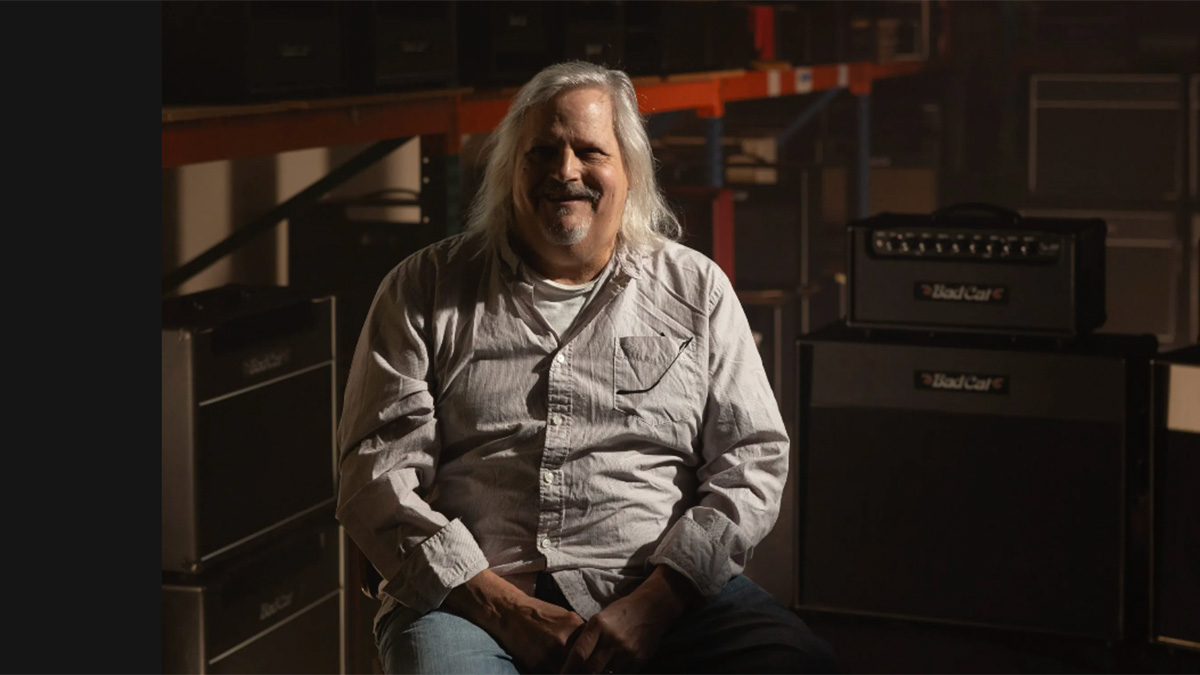
What valves are you using?
John: “Four EL84s – 30 watts and hand-wired here in Costa Mesa, California.”
What are your thoughts on hand-wired amps compared with PCBs?
Mark: “Initially, I liked to hand-wire because it gave me a little more freedom to alter the layout and design. Also, when I started using other people to wire for me, it made it much easier for me to check their work for mistakes.
“On a PCB, hopefully you don’t have as many mistakes, but if you’re going to build an expensive amp that sounds exactly the way you want, you would probably have to go through 10 to 15 or more board revisions to get it close, and you may not get what you want in the end anyway. With hand-wired, I can alter things inside simply by moving components around, even after they’ve been wired in.”
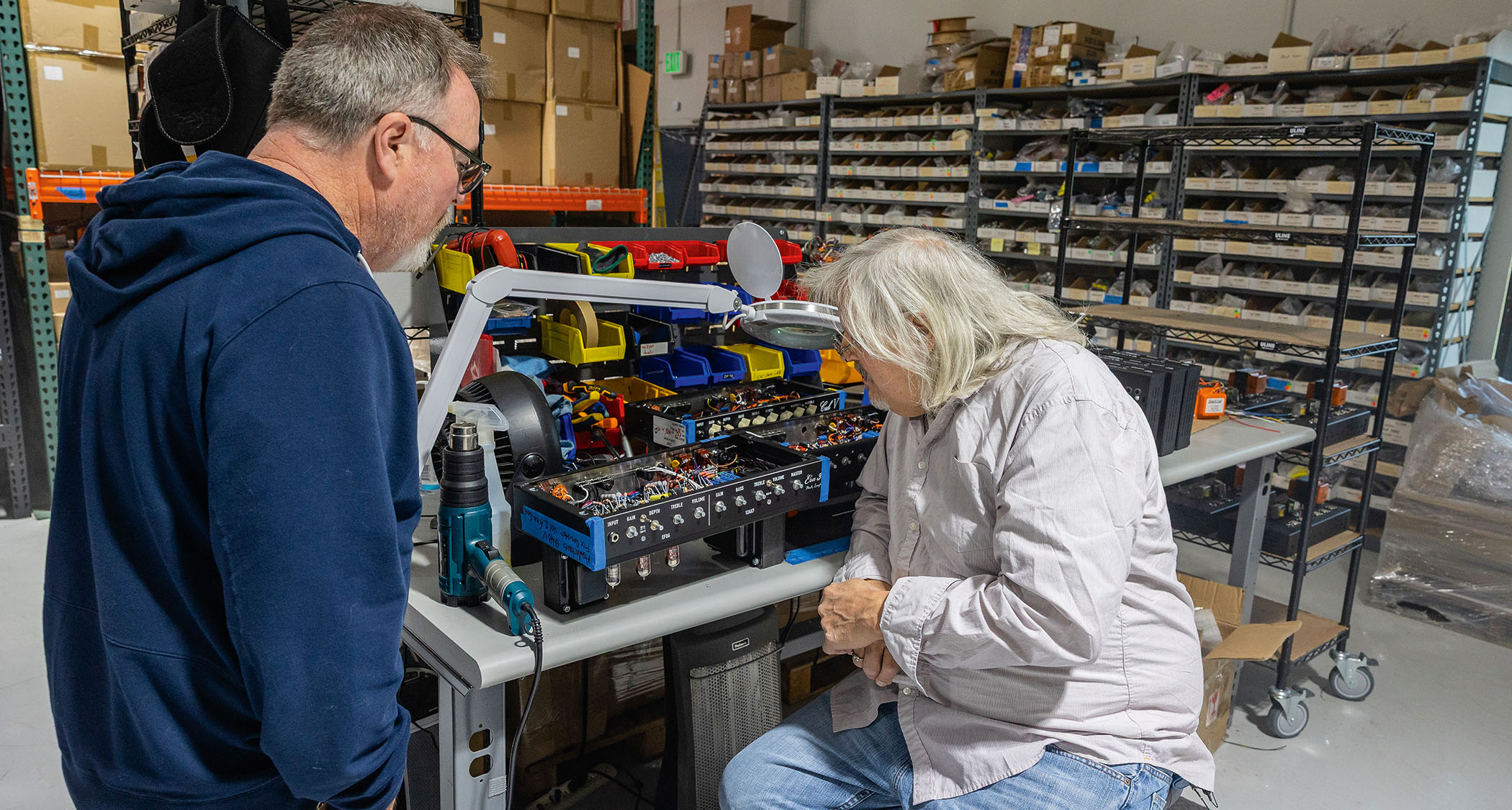
John: “I remember when we started working on the Bad Cat Player Series amps, and we cut two or three different PCBs. The circuits and parts were exactly the same, but these two or three boards sounded vastly different.
“In Dave Hunter’s guitar amp book [The Guitar Amp Handbook], he says that ‘tube amps are not rocket science. They are much more complicated than that’ [laughs]. Hand-wired amps are sort of an art form. They’re like heirloom quality that you can pass down.”
Why do you think people are still willing to pay the premium price tag for a hand-wired amp compared with PCB amps, which are much cheaper to make?
Mark: “Hand-wired amps typically have more harmonic content and pureness of sound. Overall, I believe they are sonically superior.”
If you put PCB and hand-wired versions of the Era 30 side by side, would you be able to tell the difference?
Mark: “Definitely!”
- This article first appeared in Guitarist. Subscribe and save.
- Learn more about the Era 30 at Bad Cat Amps.
You must confirm your public display name before commenting
Please logout and then login again, you will then be prompted to enter your display name.
“If you’ve ever wondered what unobtanium looks like in amp form, this is it”: Played and revered by Stevie Ray Vaughan, Carlos Santana, and John Mayer, Dumble amps have an almost mythical reputation. But what's all the fuss really about?
“For the price, it’s pretty much unbeatable”: Harley Benton JAMster Guitar review






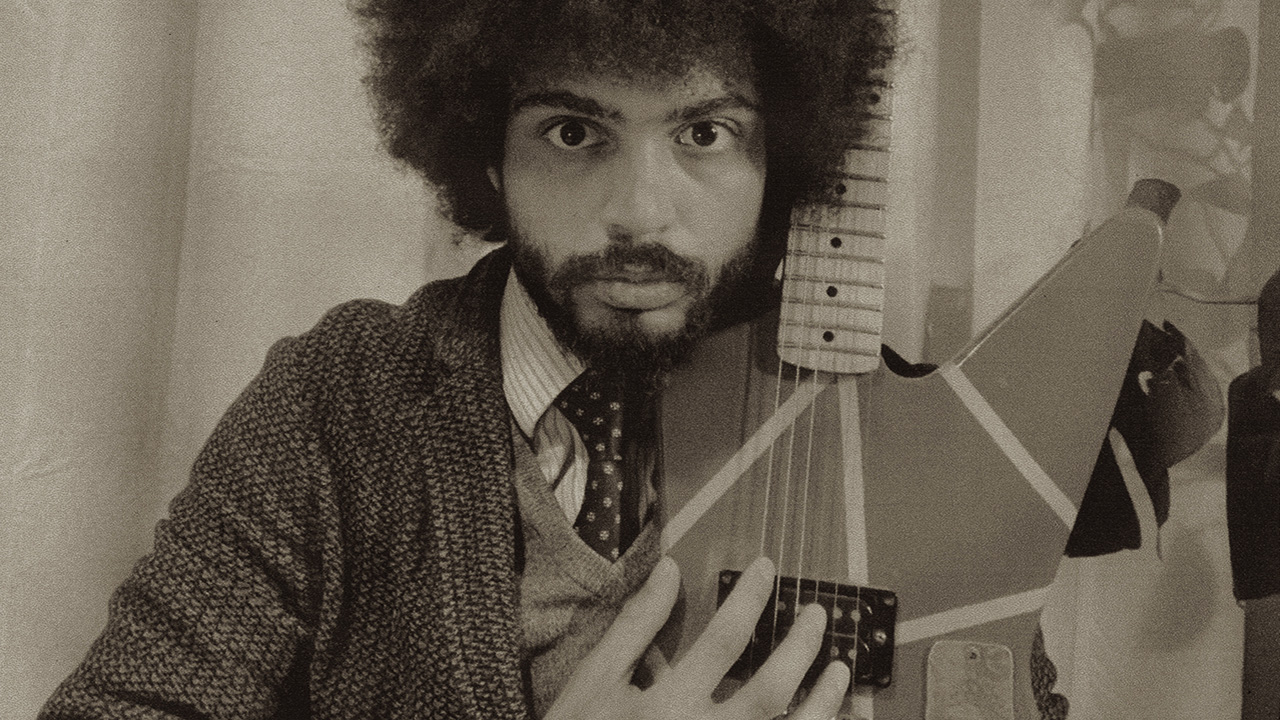
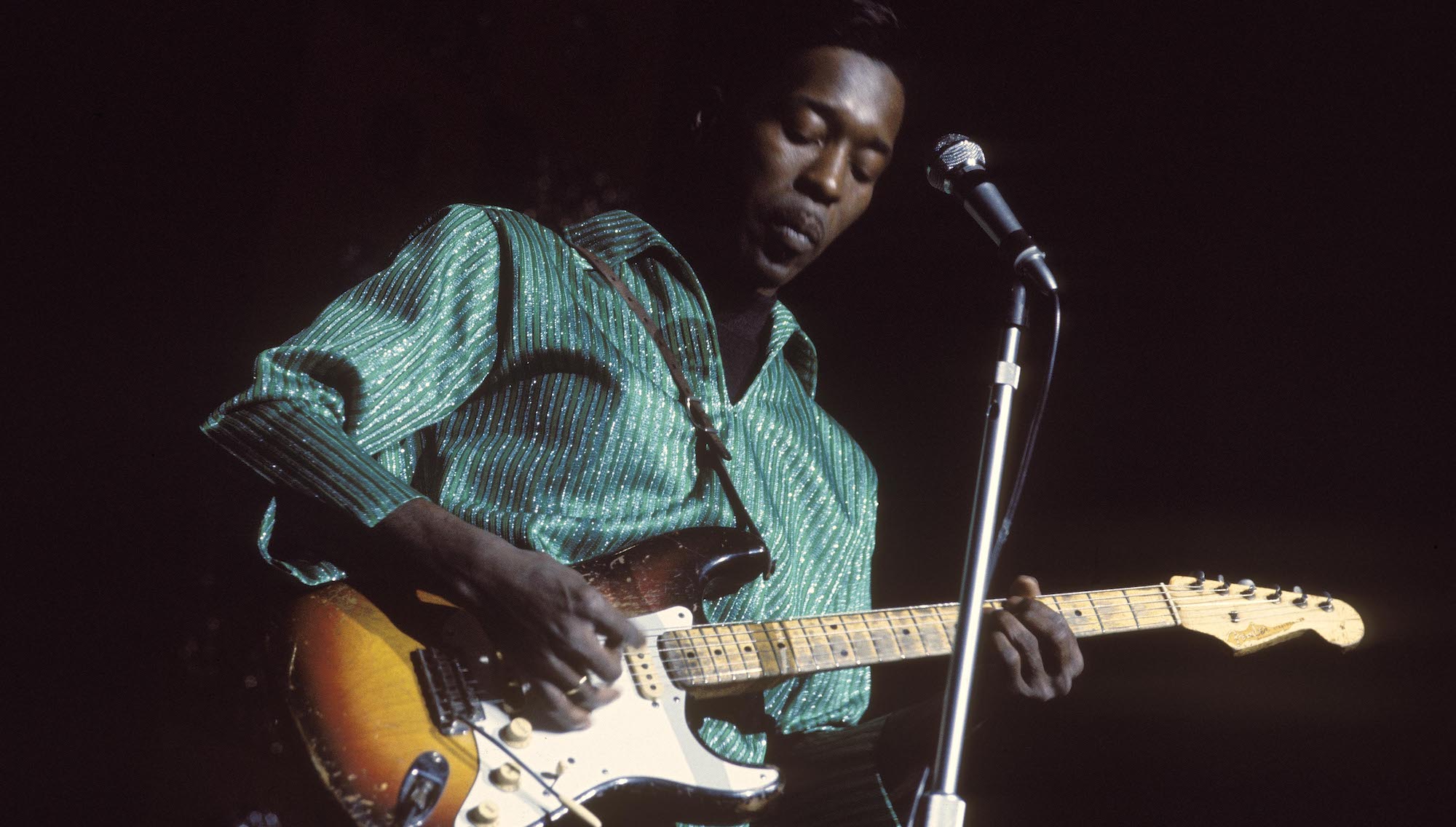
![[from left] George Harrison with his Gretsch Country Gentleman, Norman Harris of Norman's Rare Guitars holds a gold-top Les Paul, John Fogerty with his legendary 1969 Rickenbacker](https://cdn.mos.cms.futurecdn.net/TuH3nuhn9etqjdn5sy4ntW.jpg)



